All photographs are by Marc J. Harary, RA – City Architectural Photography. LLC., http://www.CityArchitecturalPhotography.com (914) 420-9293, unless otherwise noted.
Almost 20 years in the making, Phase 1 of Columbia University’s Manhattanville 17-acre campus was completed earlier this year. Five new buildings are bounded by Broadway to the east and 12th Avenue to the west: The Jerome L. Greene Science Center (Renzo Piano Building Workshop [RPBW] with Davis Brody Bond and Body Lawson Associates); The Lenfest Center for the Arts (RPBW with Davis Brody Bond and Body Lawson Associates); The Forum (RPBW with Dattner Architects and Caples Jefferson Architects); and Columbia Business School, housed in two buildings (Diller Scofidio + Renfro with FXCollaborative) across James Corner Field Operations’ green space; The Square. 125th Street marks the southern end of the campus, with university student/faculty housing in the existing 560 Riverside Drive residential building and the university’s department of music housed in the historic Prentis Hall building. Anchoring the campus at the southeast corner of Broadway and 125th Street is a new 34-story student/faculty residential tower (RPBW with CetraRuddy Architecture) under construction and slated to open in 2024. The northern end of Phase 1 at 131st street is held by the historic Studebaker building which currently houses university administrative spaces. Further development will infill around the five new buildings, and extend northward to 133rd street and eastward across Broadway between 131st and 133rd streets. Primary access to the new campus is a short walk from the main Morningside campus, five blocks to the south on Broadway, or from the 125thStreet No. 1 subway station at 125th Street and Broadway. (See Campus Map, below)
The Master Plan was developed by RPBW with Skidmore, Owings & Merrill (SOM). According to Renzo Piano, the overall goal was to “create a campus that projects a sense of dignity and trustworthiness without being guarded…by designing a campus master plan that calls for a radical degree of openness, transparency, and accessibility.” Manhattanville should be “light, airy and luminous.”[1] In contrast to the self-contained, inward focused McKim, Mead, and White designed Morningside campus, the new Manhattanville campus would be interlaced with the surrounding West Harlem neighborhood, metaphorically looking out. This stemmed from Columbia University President Lee C. Bollinger’s initial vision in 2003 that shrewdly anticipated the rigorous New York City planning and approvals process that the university would go through. Although by this time Columbia already owned about 50% of the properties in this mainly light industrial area, such large-scale building would have a major socio-economic impact on the local community.
The Manhattanville buildings would be defined not by the brick, stone and mortar of the 116th street main campus but by glass, steel, aluminum and concrete. “With the ground floor of every building clad in glass so the structure appears to ‘float’,”[2] they would be transparent and open to the public on the street level, “permeable, porous and accessible.” [3] The street grid would be kept. Landscaped pedestrian pathways would knit the campus with the neighborhood to foster community interaction.
On two visits, this writer and his architectural photographer friend wanted to see whether the university has achieved its goals.
Permeable, Porous and Accessible
The Forum is the first building a student, faculty member or visitor to the campus is likely to encounter. The building occupies the triangular-shaped plot between 125th and 129th street (a quirk of city mapping, street numbering here leaps from 125 to 129), and Broadway. The Forum entrance—and metaphorically, that of the new campus—is at the southeast corner of 125th street and Broadway.[4] The building here follows the acute geometry of the intersection with the first two floors forming a chamfered setback and the building entrance on axis with the intersection. This portion of the building is clad on all three sides with vertical panels of light grey-colored architectural concrete, interrupted over the entrance and in several areas on the flanking facades with vertical slits of glazing cut into the concrete. (See Photo 1) Projecting from the entry is a clunky-looking glass and steel canopy hung by six thin, light-colored steel tubes dropped down through apertures in the underside of the 3rd floor concrete panels above. A one-story high pilotis of steel columns with full-height glazing set back marches around the rest of the building forming a sheltered pedestrian walkway—a design gesture picked up in the adjacent Jerome L. Greene Science Center and the Lenfest Center for the Arts. Jutting like a boat’s prow, the visual effect of the entry is jarring. While the setback seems to be a welcoming gesture, the over-hanging concrete mass of the upper two stories coupled with the angular glass canopy hanging below convey the opposite effect. The grey steel security bollards encircling the entrance only serve to reinforce this dissonance. (See Photo 2)
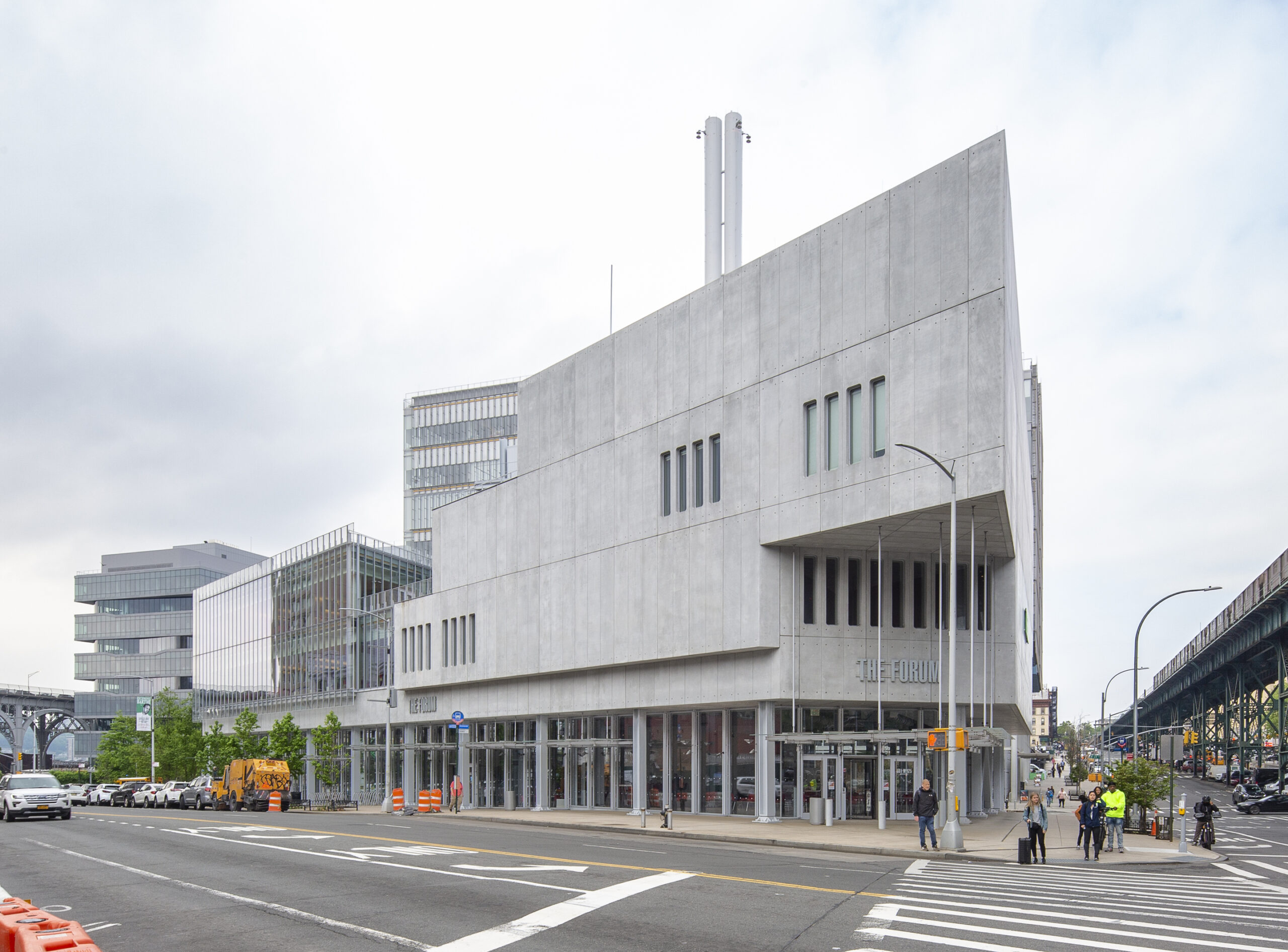
Photo 1: The Forum--looking northwest from the corner of 129th Street and Broadway
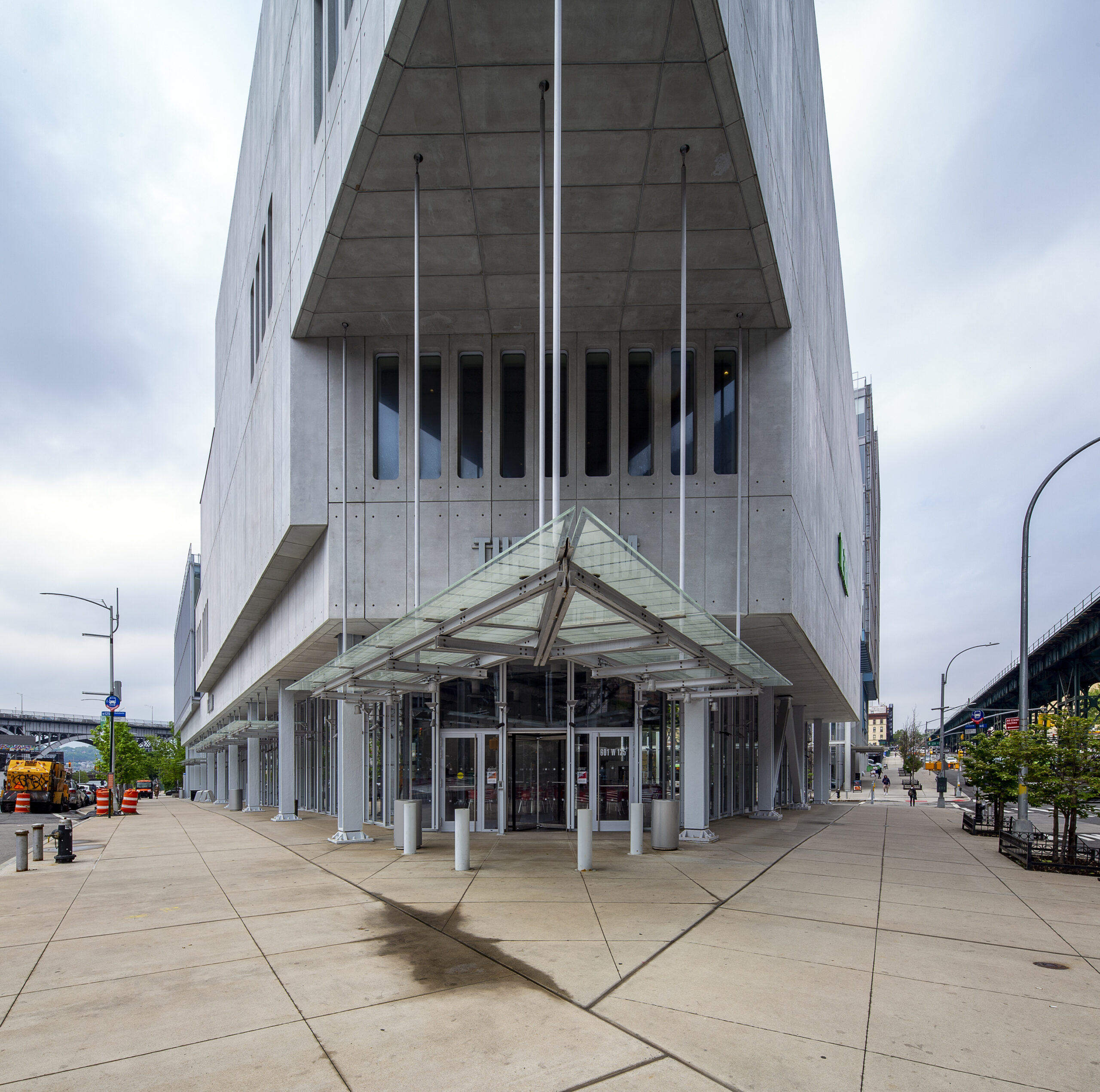
Photo 2: The Forum, Main Entrance
Only as the visitor walks around The Forum towards the Jerome L. Greene Science Center do they begin to experience any sense of “lightness” or “transparency” in the architecture. The concrete hulk of The Forum’s front dissolves in the back half of the building into a crisp two-story metal and glass curtain wall hung just above a kind of continuous concrete paneled pediment that encircles the building. (See Photo 3) The much larger Science Center building is clad entirely in six floors of of metal and glass curtain wall matrices atop a band of light blue steel panels beginning above the colonnade. (See Photo 4) Giving scale, and shelter, to the colonnades on both buildings are opaque glass “floating” canopies—hung on The Forum in a similar manner as the entry canopy, and projecting on the Science Center—that function somewhat as sun shading and bring a sense of scale to each. (See Photo 5) A similar colonnade is picked up at the adjacent Lenfest Center for the Arts, with the rest of the building above clad in light grey aluminum panels banded with vertical “blind windows,” louvers and glazing where necessitated by the arts program. (See Photo 6) Yet here and at the Science Center building the colonnades end before they get to 130th street, with the effect that both buildings turn their back to the street. While this is the location for the Science Center service entrance, there is also a secondary building entrance. With bicycle racks lined up behind the Lenfest Center it’s not clear why the planners didn’t consider 130th street as a major pedestrian thoroughfare. (See Photos 7 and 8)

Photo 3: The Forum, South Elevation

Photo 4: Jerome L. Greene Science Center, partial south elevation

Photo 5: Jerome L. Greene Science Center--looking west

Photo 6: Lenfest Center for the Arts, South Elevation
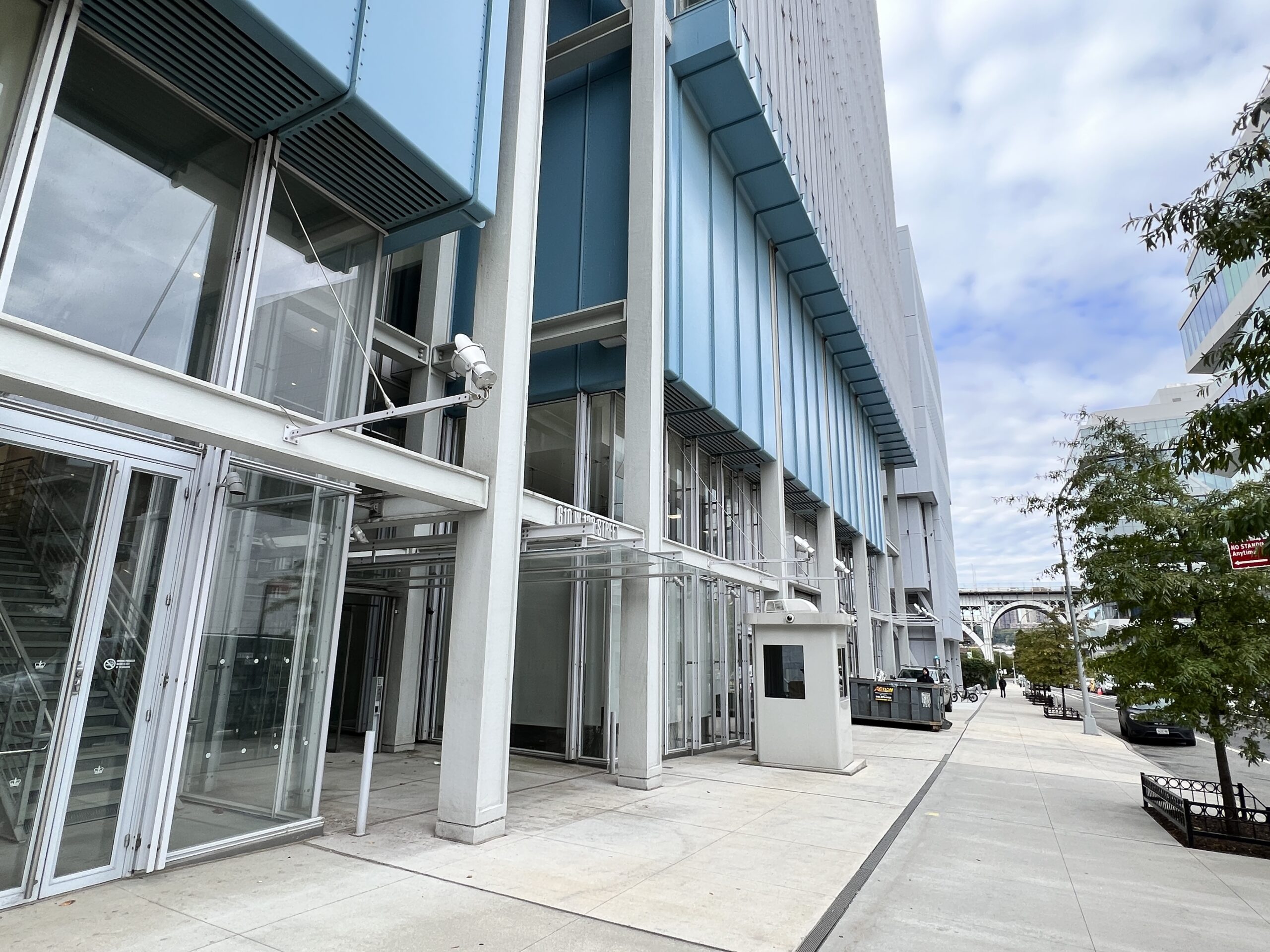
Photo 7: Jerome L. Greene Science Center, partial north elevation (photo by the author)

Photo 8: Lenfest Center for the Arts, partial north elevation (photo by the author)
While at this point the visitor who is traversing the campus may indeed think of the new buildings as “permeable, porous and accessible,” they would find it difficult to use these same adjectives to describe the Columbia Business School’s Henry R. Kravis Hall and David Geffen Hall. Variations on the same theme of woven horizontal ribbons of tinted and fritted glass framed in metal and Glass Fiber Reinforced Concrete (GFRC) panels (broken at the front of Kravis Hall building, continuous at Geffen Hall) the buildings sit opposite each other across The Square (which is actually a grass covered oval). (See Photos 9 and 10)
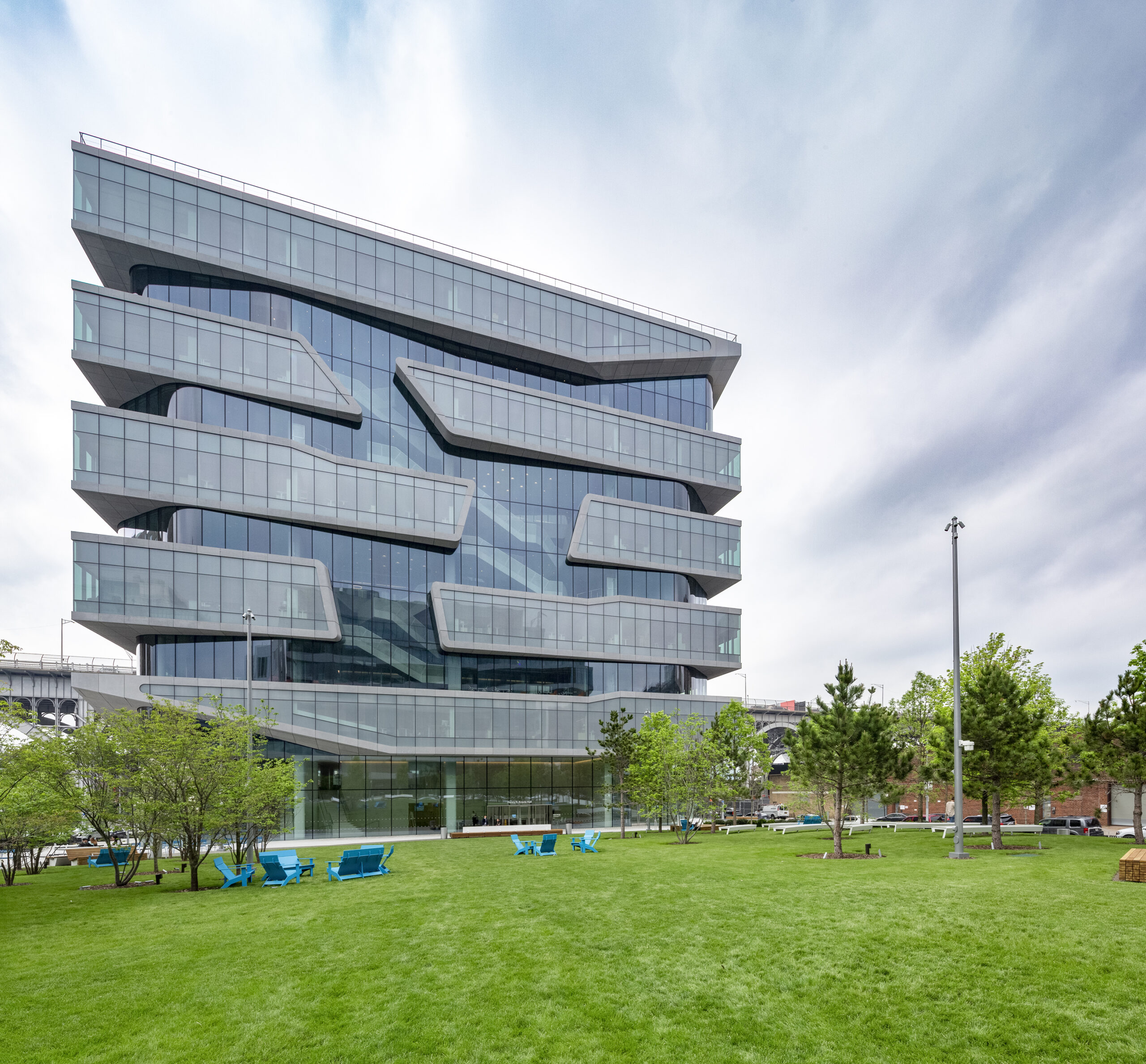
Photo 9: Henry R. Kravis Hall, east elevation, facing The Square
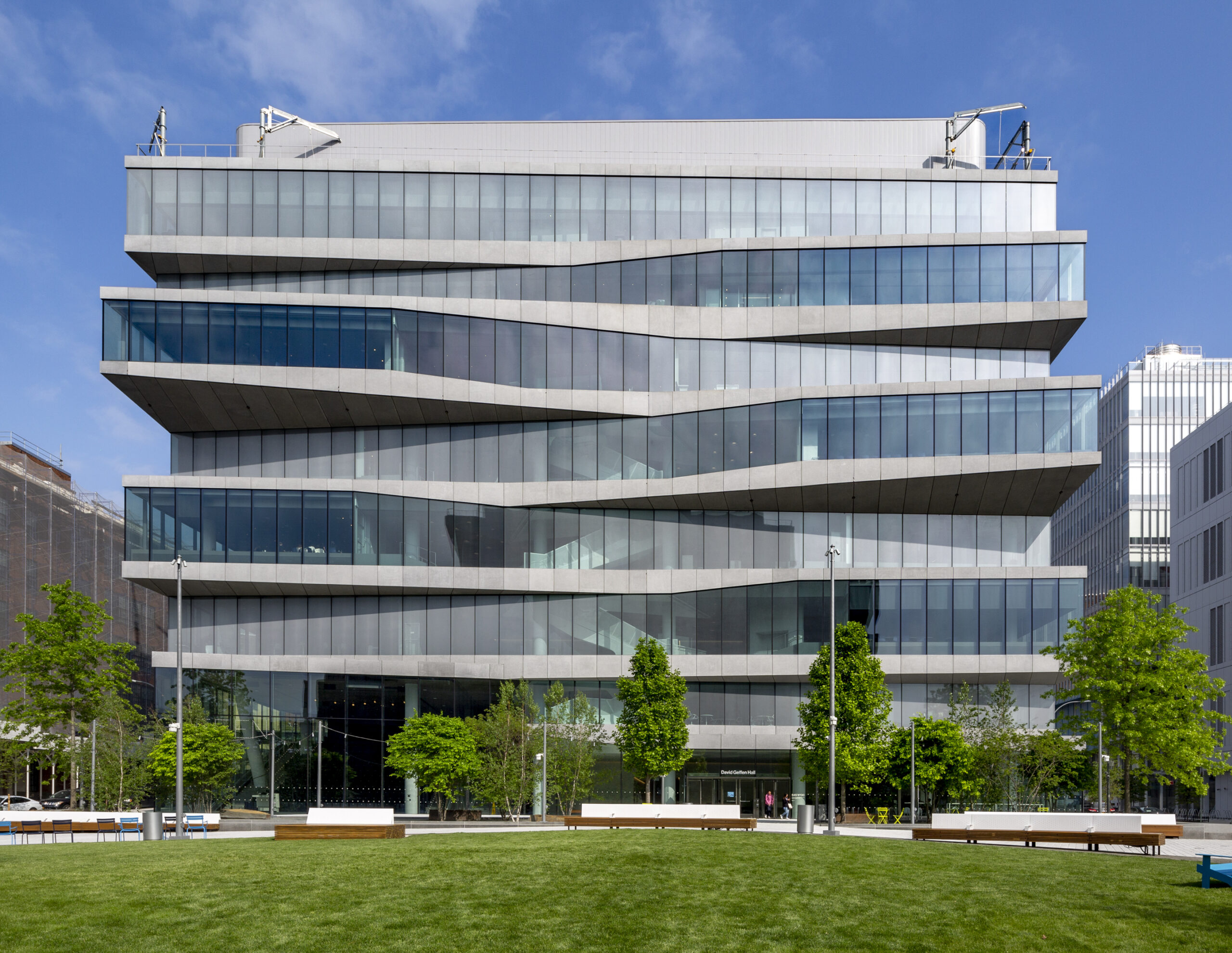
Photo 10: David Geffen Hall, west elevation, facing The Square
A design goal of the Master Plan was to foster a sense of lightness and luminosity by surrounding virtually the entire first floor of all of the campus buildings with full height clear glazing at The Forum, and at the Science Center and Lenfest Center. This has been abandoned at the Business School buildings in favor of a darker tinted glass. There is less transparency compared to the other campus buildings, particularly at Geffen Hall. (See Photos 11, 12, 13 and 14) The visitor is also left wondering why the architects did not incorporate the idea of the colonnade found on the other campus buildings. These pedestrian pathways would create a stronger link to the only open space planned for the entire Manhattanville campus and a comparable pedestrian scale. Instead, the buildings have been scaled to The Square. They are intimidatingly monumental and visually at odds with The Forum, Science Center and Lenfest Center.

Photo 11: Kravis Hall, southeast corner
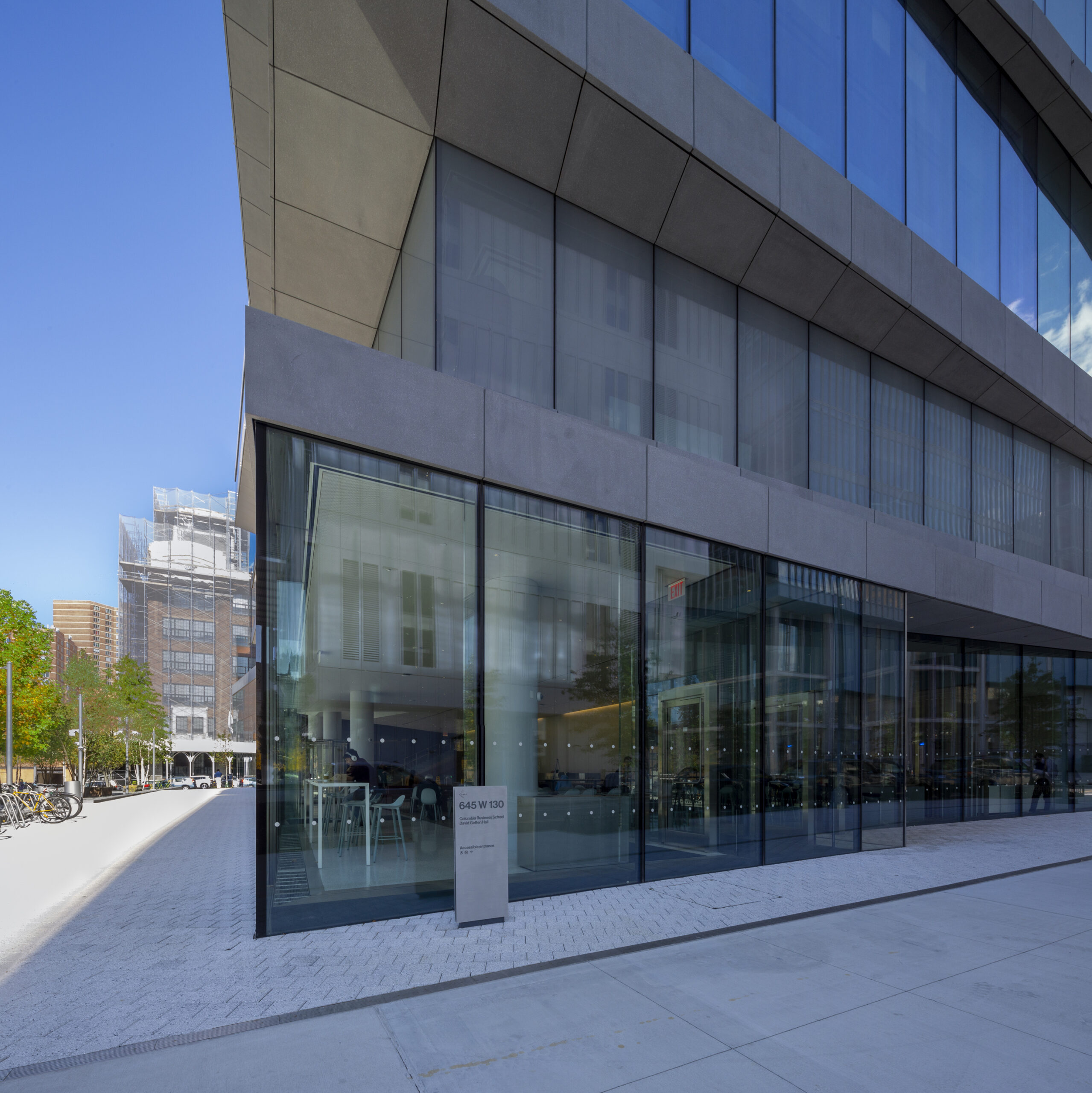
Photo 12: Geffen Hall, northwest corner
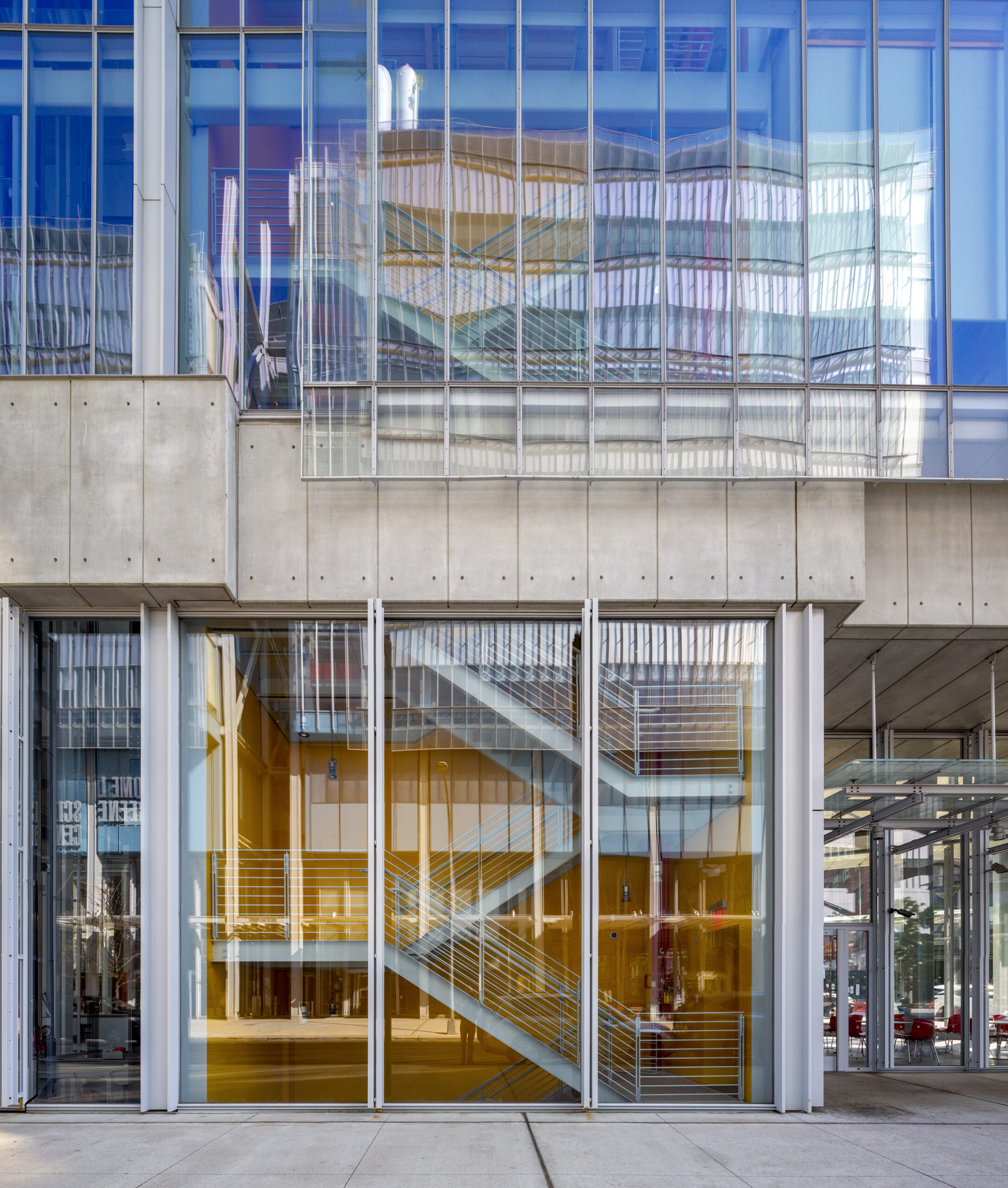
Photo 13: Jerome L. Greene Science Center, partial west elevation
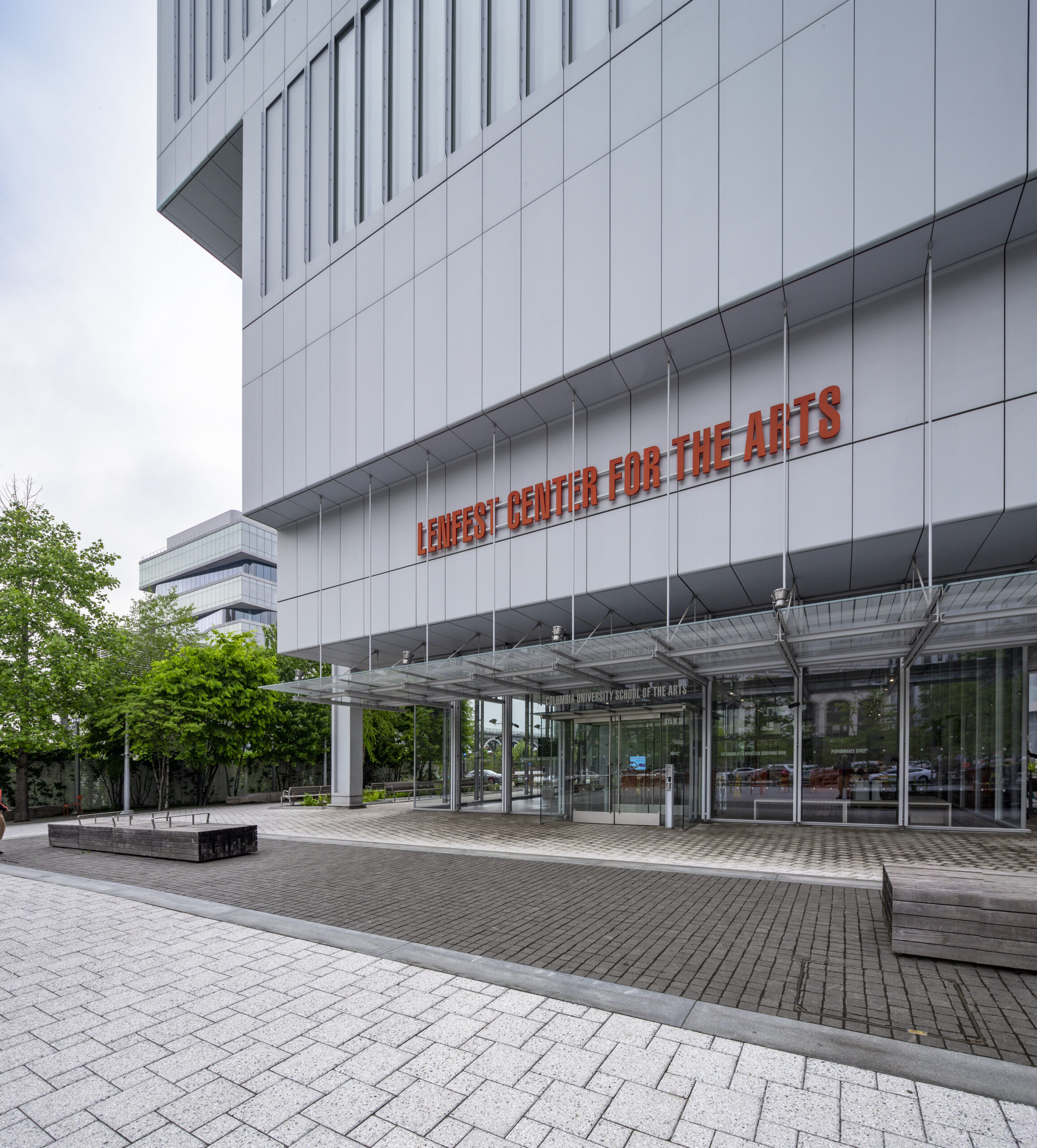
Photo 14: Lenfest Center for the Arts--looking northwest
Openness, Transparency and Accessibility
Maintaining the existing street grid was a planning method to integrate the new campus with the surrounding community. The idea is laudable but leaving the existing streets that bisect the campus paved in typical New York City asphalt seems like a missed opportunity to create a stronger sense of cohesiveness. Perhaps a creative alternative for a paving color change and/or a material change at the crosswalks could have been negotiated with the New York City Department of Transportation. The on-street parking also seems visually disruptive. There are apparently no current plans to include a parking garage at the new campus—and nor should there be—and undoubtedly the existing on-street parking is insufficient. So should there be any parking at all? (See Photos 15 and 16)

Photo 15: 129th Street, looking east

Photo 16: 130th Street at The Square (photo by the author)
Design and Construction Conditions
Beyond the observations noted above, these visitors saw several disconcerting design and construction issues. These are first impressions, not a comprehensive critique.
- The warm colors of marble, limestone and brick associated with the original campus have been replaced with cool tones of steel, aluminum and concrete, interspersed with some colored planes primarily at the Jerome L. Green Science Center building and bright building signage. Combined with the coolness of the glazing, this unifying color scheme visually separates the campus from the cacophony of the surrounding neighborhood. But on a cloudy day, the buildings appear dreary and flat. (See Photos 1, 16, 17 and 18)
- At all of the campus buildings, the first floor glazing sits in a very narrow channel at, or just above, the level of the adjacent pavement. This presents sidewalk maintenance issues such as snow removal, particularly where the glazing is not protected by the overhead glass canopies. (See Photos 11, 12 and 19)
- At the Science Center building, the underside of some of the vertical curtain wall members that float just above the sidewalk were observed to be rusting, as well as adjacent supporting brackets and rivets. The steel elements may not have been finished properly. Elsewhere along the ground floor of the Science Center, the rough texture of what may be a fireproof coating over major steel members looks at odds with the sleek curtain wall above. (See Photos 19 and 20)
- Along the east side of The Forum, a gaping rectangular hole was visible in the underside of the projecting second floor. Sitting several inches below this was a similarly sized rectangular steel plate sitting at the apex of two angled steel supports that extend to the sidewalk. The design intent was not clear. Was the steel plate supposed to fit within the hole? (See Photo 21)
- Building entrances at the Lenfest Center, Science Center and Business School buildings are so integrated with the glass curtain wall system at each as to be almost insignificant. There is no real excitement that you expect entering a major university building. (See Photos 14, 22 and 23)
- There are apparent grading issues between the circular landscaped area at The Square and the surrounding walkways. The height of the curb is not consistent. This potential tripping hazard was masked by a long row of colored metal chairs at the southeast and southwest corners of the circle. (See Photos 24 and 25)
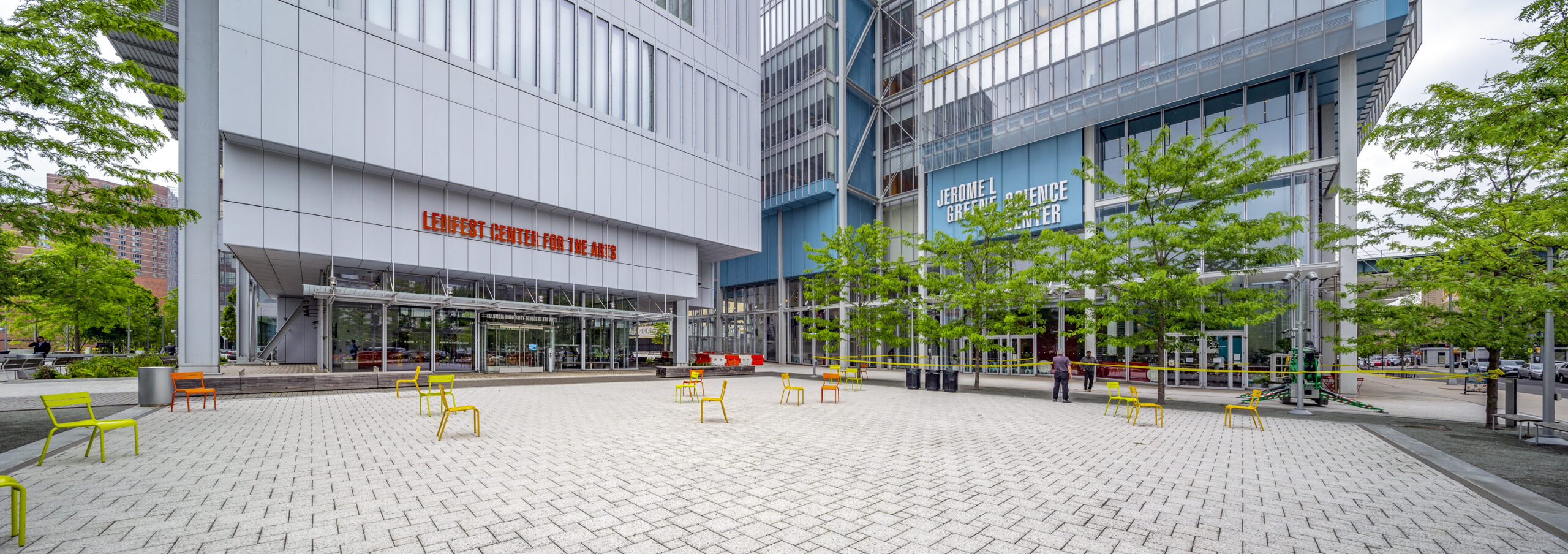
Photo 17: The Plaza, looking towards the Jerome L. Greene Science Center and Lenfest Center for the Arts
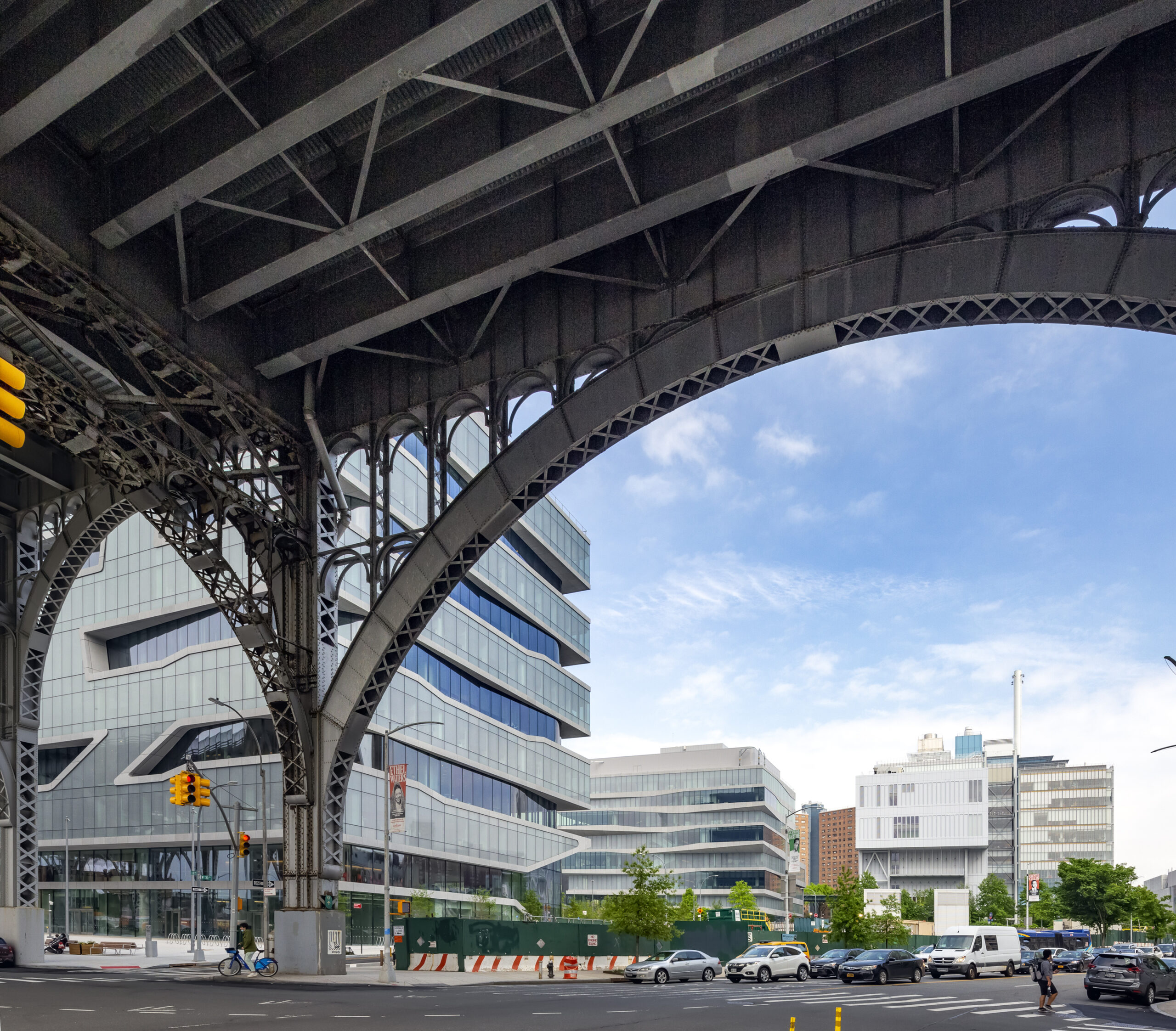
Photo 18: Manhattanville Campus, looking east
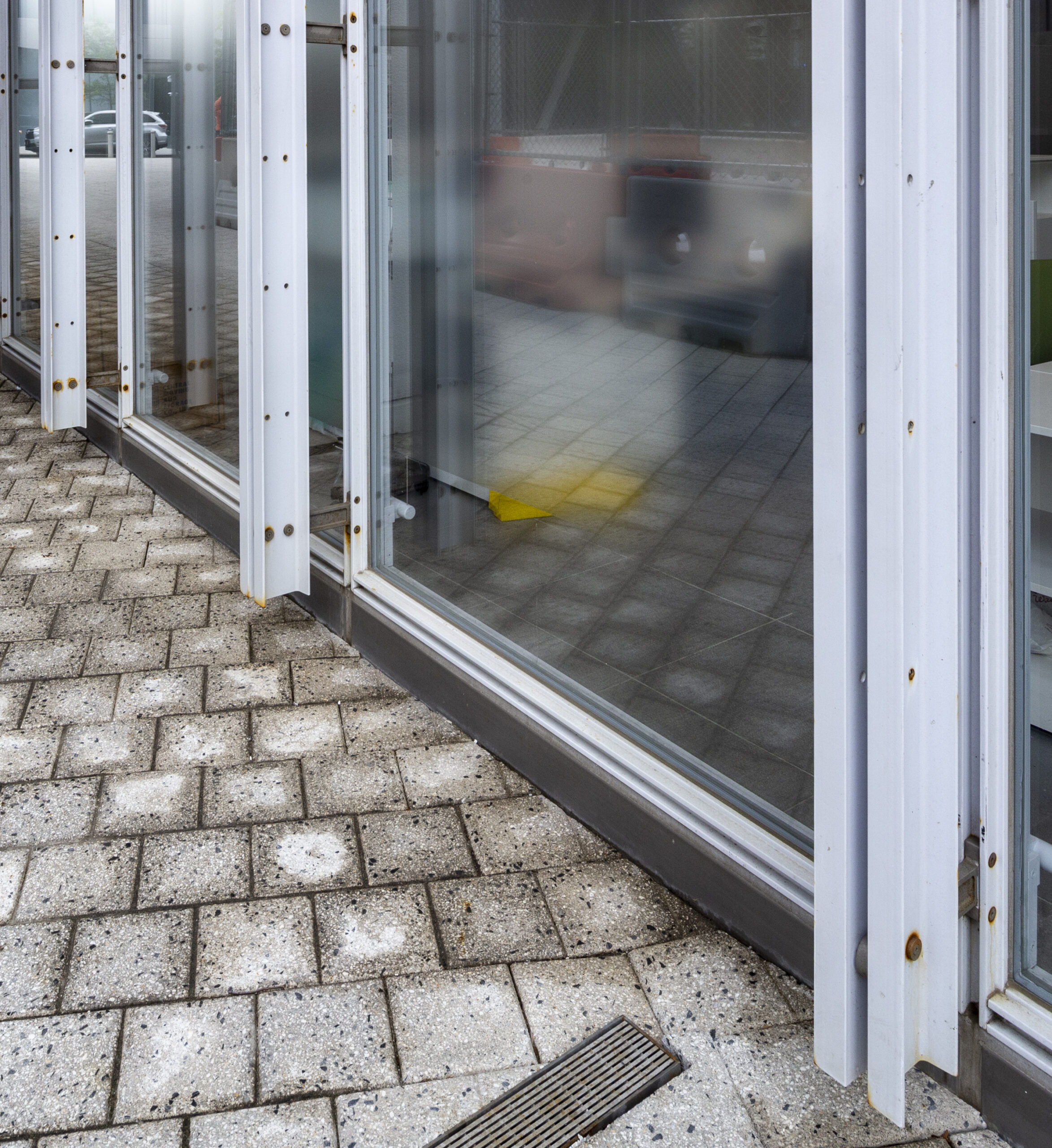
Photo 19: Jerome L. Greene Science Center, ground floor curtain wall condition
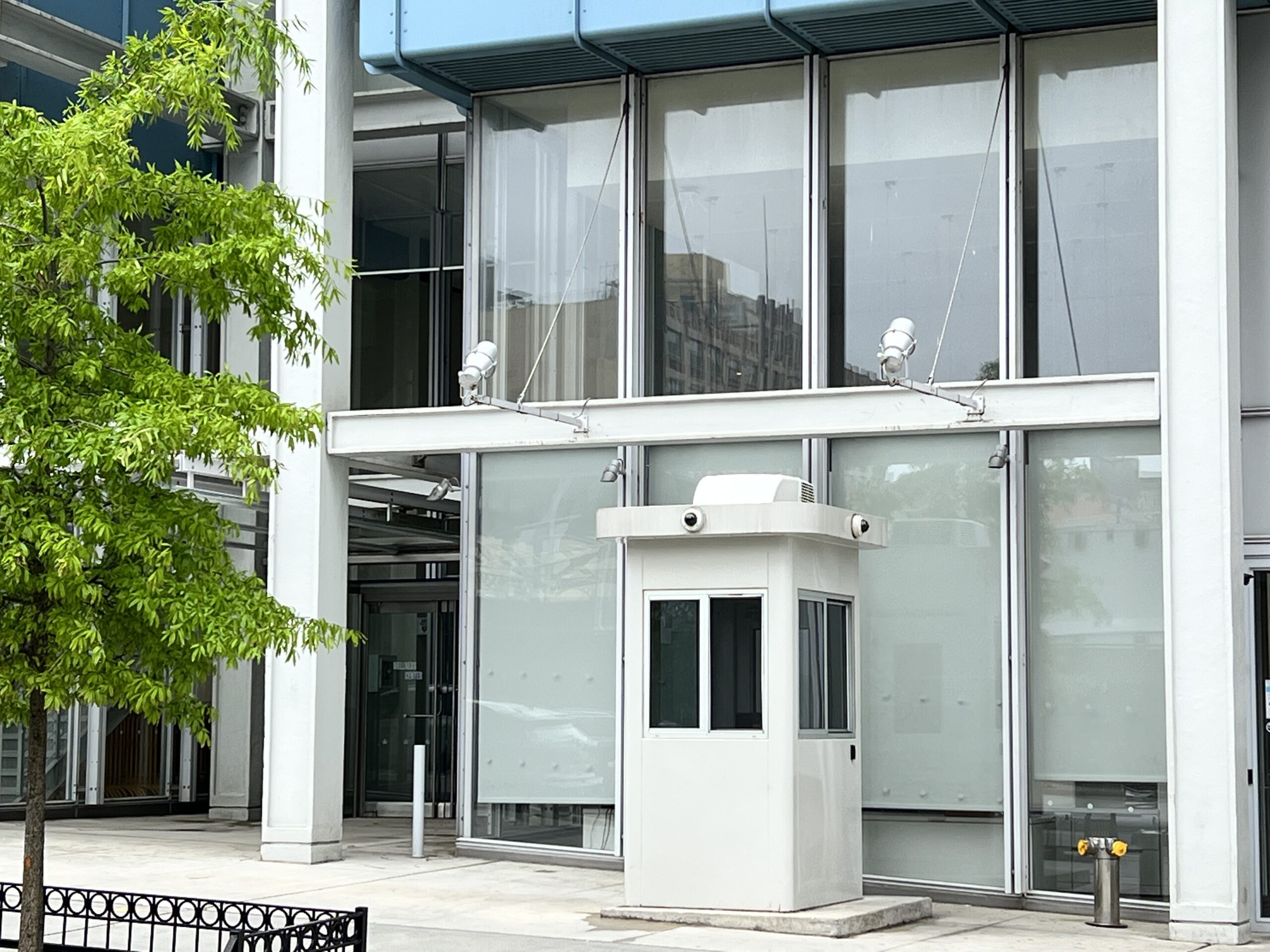
Photo 20: Jerome L. Greene Science Center, painted steel members at west elevation (photo by the author)
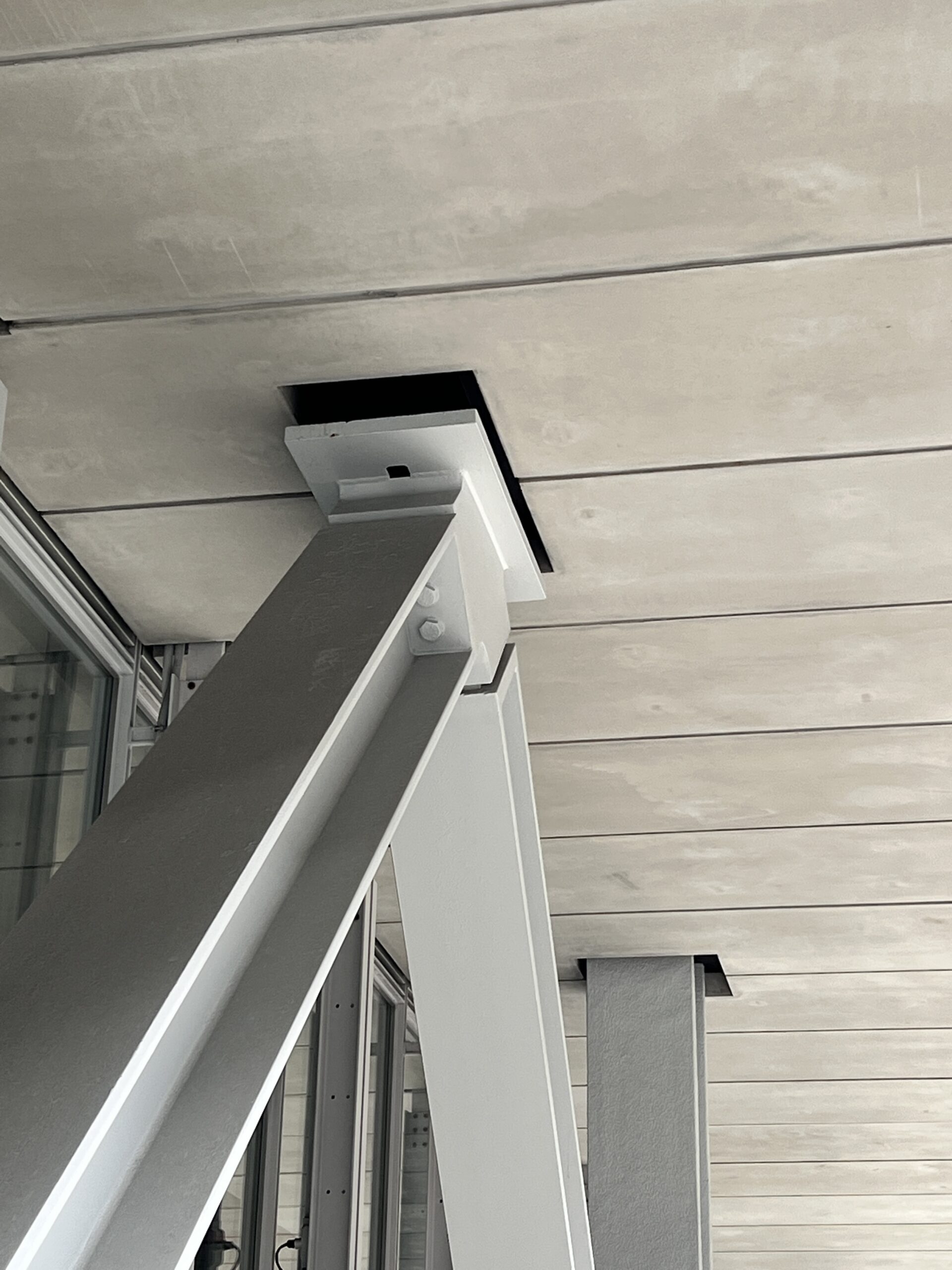
Photo 21: Opening at underside of 2nd floor over sidewalk (photo by the author)
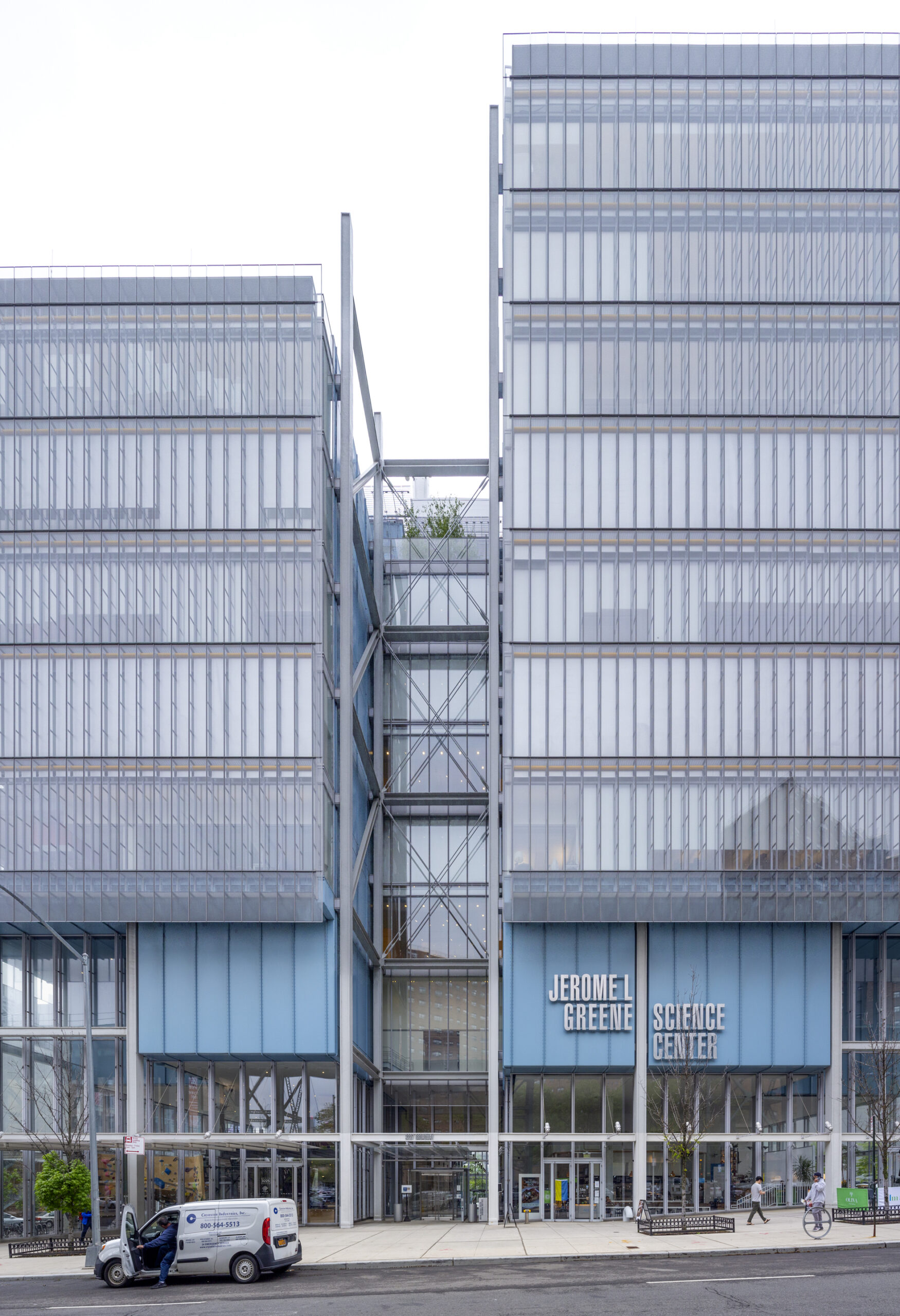
Photo 22: Jerome L. Greene Science Center, entry at north elevation

Photo 23: Kravis Hall, entry at east elevation

Photo 24: The Square, looking southeast

Photo 25: The Square, looking west (photo by the author)
A New Campus Planning and Design Paradigm?
There has been a strong effort on the part of the University and the entire design team to make an aesthetic and historical break with the Morningside campus. In this, they have been successful. But at what loss of identity? The architecture and campus plan makes no explicit references to the iconic McKim Mead and White “academic village” of the original campus. No rational argument can be made for doing so. And yet, there are no allusions either, no evocative visual cues that link the two campuses. This was a deliberate decision but it leaves the student, faculty member or visitor unmoored. Besides reading signs, how do you know that you are at Columbia? The gravitas associated with Columbia University comes from an intertwined history of higher learning and architecture at the Morningside campus; it is in the very brick and stone. These intrinsic qualities cannot be duplicated but starting completely from scratch as the architects and planners have done at Manhattanville ignores all of that. Contemporary architecture does not preclude the use of masonry; to completely exclude it is shortsighted. Renzo Piano argues that the “historical design elements” of the Morningside campus “say to the outside world: We are a cultivated people; trust us,” that this was “a typical way for universities to convey their authority.”[5] Why shouldn’t buildings of higher education convey authority? Piano links the Morningside campus architecture to a no longer acceptable kind of educational elitism. While the new buildings may be functionally and aesthetically more open to the surrounding community, Columbia University is an Ivy League school and one of the most expensive in the country. It is still an elite educational institution. He has rejected Columbia’s architectural history as a reference but not that of Manhattanville where “the industrial spirit of the neighborhood is reflected in the exposed steel membrane of the Science Center and the ceilings of the Lenfest.”[6] These are phantom gestures to a neighborhood that evaporated as soon as the first bulldozer appeared.
The university and architectural team recognized that the design of a new 21st century university campus called for a new paradigm. They do indeed, “have a different story to tell.”[7] But this story, so far, tells us only that the steel, glass, concrete and aluminum buildings of the Manhattanville campus could be just about anywhere.
[1] Piano, Renzo. “Manhattanville: Reflections on a 21st Century Campus.” Columbia Magazine. Spring 2017.
[2] RPBW Stories: Columbia University: The Manhattanville Campus – Phase 1 http://www.rpbw.com/story/columbia-university-the-manhattanville-campus-phase-1
[3] –“Manhattanville: Reflections on a 21st Century Campus.” Columbia Magazine. Spring 2017.
[4] The campus is essentially hemmed in on the east side of Broadway by a housing complex and the elevated No. 1 subway, and on the west side by the elevated Riverside Drive that rises over 12th Avenue.
[5] –“Manhattanville: Reflections on a 21st Century Campus.” Columbia Magazine. Spring 2017.
[6] –Columbia University: The Manhattanville Campus – Phase 1
[7] — “Manhattanville: Reflections on a 21st Century Campus.” Columbia Magazine. Spring 2017.

